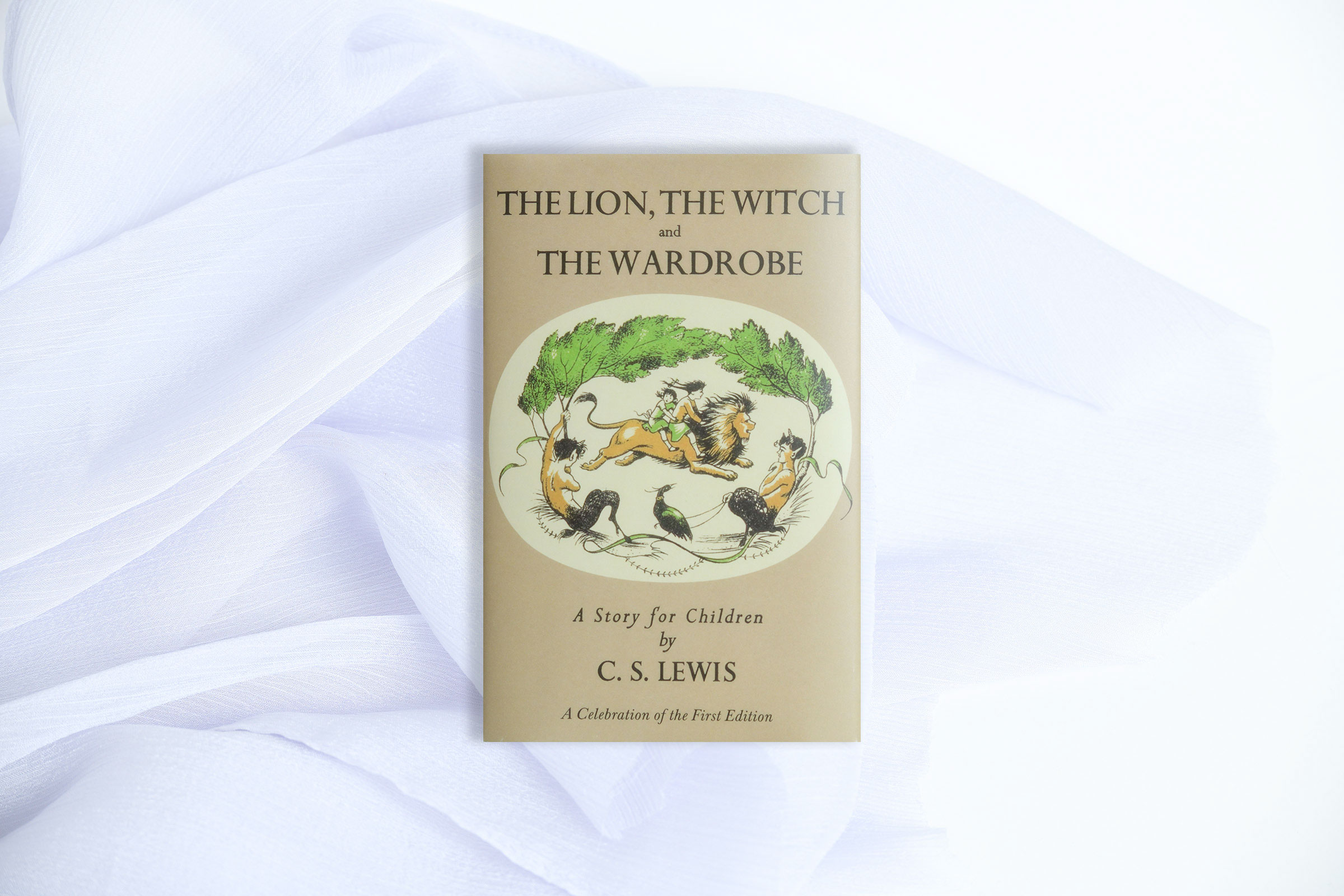Stuck in a lonely house at a bleak time, cut off from family and friends, a band of children stumble upon a door into a secret world behind that most prosaic of furniture items, a wardrobe. This is the irresistible setup of C.S. Lewis’ 1950 children’s classic, The Lion, the Witch and the Wardrobe. The Oxbridge English professor’s most famous book, part of the seven-volume Chronicles of Narnia, served as the literary spark that ignited dozens of contemporary fantasies, from The Magicians to Harry Potter, with a child who suddenly discovers that magic exists. While the fauns, witches and talking beavers who populate Narnia are utterly charming, it’s the mysterious lion Aslan that gives the book its real thrill. “Safe?” says Mr. Beaver of Aslan. “Who said anything about safe? ‘Course he isn’t safe. But he’s good.” In Aslan, Lewis created a Christ-like figure who pays the penalty for one of the children’s infractions and thus breaks the White Witch’s wintry grip on Narnia. The book, which has religious themes that some find heavy-handed, has been criticized for its portrayal of women and the way the children’s lives end (among other things). It’s not a fairy tale, but it’s good. —Belinda Luscombe
Buy Now: The Lion, the Witch and the Wardrobe on Bookshop | Amazon
- The 100 Most Influential People of 2024
- The Revolution of Yulia Navalnaya
- 6 Compliments That Land Every Time
- What's the Deal With the Bitcoin Halving?
- If You're Dating Right Now, You're Brave: Column
- The AI That Could Heal a Divided Internet
- Fallout Is a Brilliant Model for the Future of Video Game Adaptations
- Want Weekly Recs on What to Watch, Read, and More? Sign Up for Worth Your Time
